
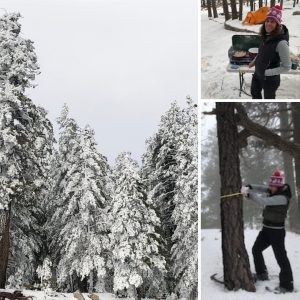
Adjunct Assistant Professor of Environmental Studies Helen Poulos traveled to Arizona in March 2019 to research fire effects of the 2018 Pinery Canyon Fire on agaves in the Chiricahua Mountains. Poulos is working on the project in collaboration with Wes astronomy major Hunter Vannier ‘20.
While in the Grand Canyon State, Poulos also spent time researching the effects of the 2017 Frye Fire on mixed conifer forests of the Pinaleño Mountains, a project in collaboration with Dr. Don Falk at University of Arizona.
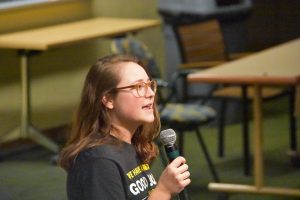 Wes students & faculty learned about the Green New Deal at a Town Hall event here on campus–one of hundreds of events organized nationwide by
Wes students & faculty learned about the Green New Deal at a Town Hall event here on campus–one of hundreds of events organized nationwide by 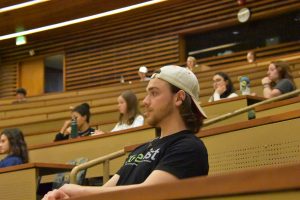
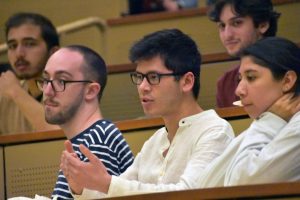
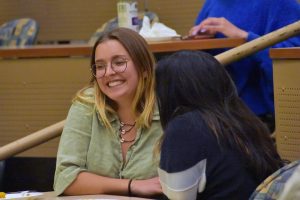
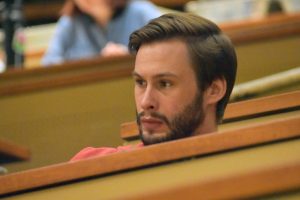
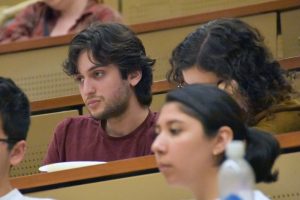
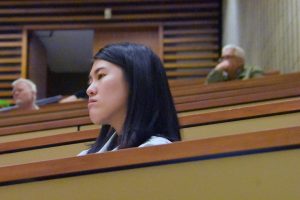
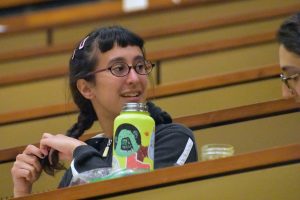
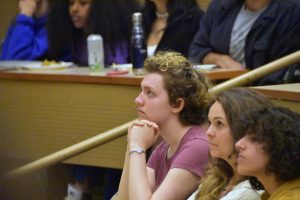
 Meaghan Parker, executive director of the
Meaghan Parker, executive director of the 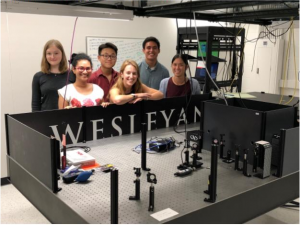
 Kudos to art & art history and environmental studies double-major Paul Franceschi ’19, who showcased his senior thesis work, “Frontcountry Principles,” as part of an exhibition at Zilkha Gallery here at Wesleyan, earlier this month.
Kudos to art & art history and environmental studies double-major Paul Franceschi ’19, who showcased his senior thesis work, “Frontcountry Principles,” as part of an exhibition at Zilkha Gallery here at Wesleyan, earlier this month.
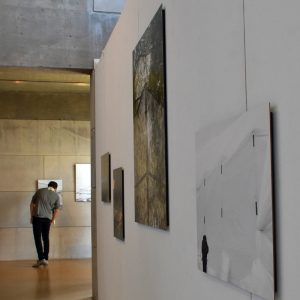


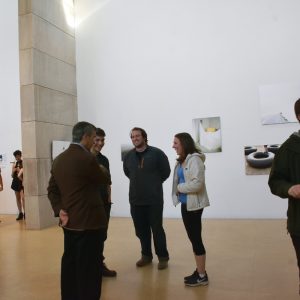
 Each year, our
Each year, our 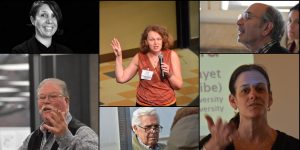 Each year, our COE Think Tank brings together Wes students and faculty from across the university, plus a noted outside scholar, for a yearlong conversation on a topic of vital environmental importance. This year’s focus: how humans relate to and value the non-human part of the world. Learn more about questions our 2018-19 faculty fellows have been pondering this year.
Each year, our COE Think Tank brings together Wes students and faculty from across the university, plus a noted outside scholar, for a yearlong conversation on a topic of vital environmental importance. This year’s focus: how humans relate to and value the non-human part of the world. Learn more about questions our 2018-19 faculty fellows have been pondering this year.